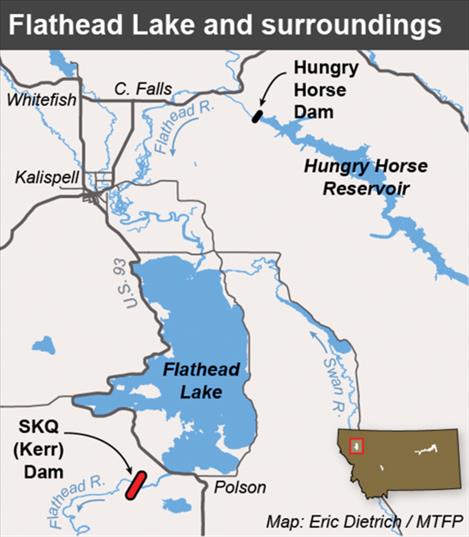What’s to blame for too little water in Flathead Lake: climate or mismanagement?
Accusations of mismanagement have been flying, while dam operators point to the role of a rapid runoff of a modest snowpack.
Keep Reading!
You’ve reached the limit of 3 free articles - but don’t let that stop you.

















